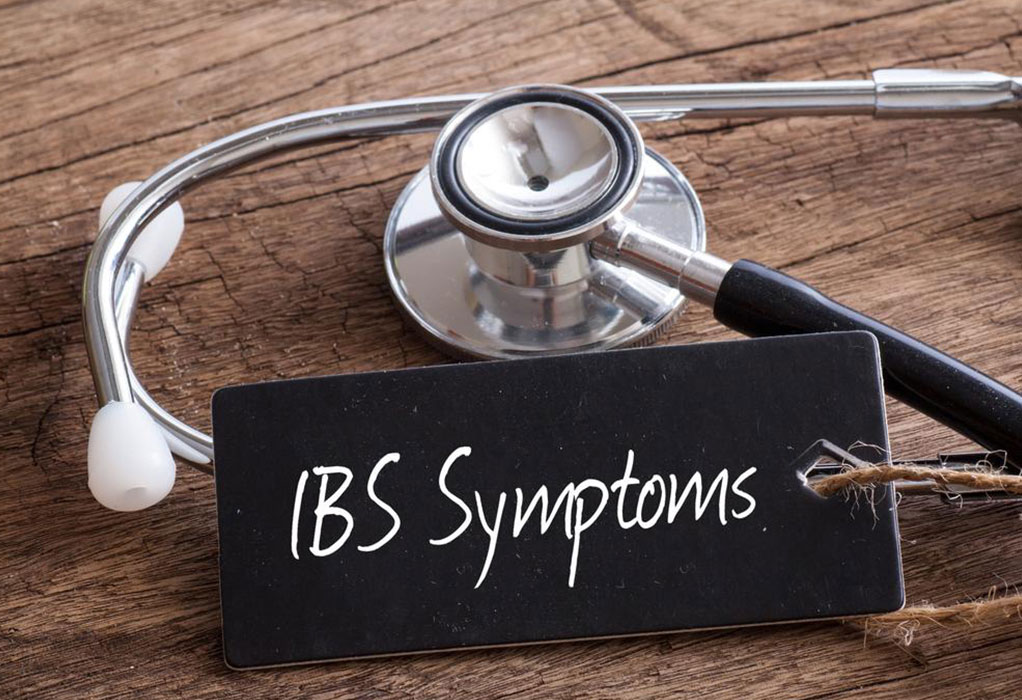
Home Remedies
Ways to Boost Libido in Women
Every woman goes through the ebb and flow of sexual desires. Your general well-being, age, relationship and stress, all have an impact on how you think and want or respond to sexual stimuli. Given below are a few helpful options to boost libido in women: Eating right The first step to boost libido in women and fix your sex drive is to eat the right kind of foods. Vitamin A It is an essential element for the production of sex hormones – estrogen and testosterone. These are important for sexual development and desires. To maintain the levels of these hormones, it is important to add vitamin A to your daily intake. Foods like cabbage and dry apricots are a rich source of this vitamin and can boost libido in women. Vitamin B3 Chicken, green peas, mushrooms are foods that are rich in vitamin B3. This vitamin is responsible for the production of short bursts of energy while having sex. Vitamin B3 greatly enhances the intensity of your libido. It can efficiently boost libido in women. Vitamin B6 Prolactin is a hormone that is associated with the period of non-arousal after having an orgasm. This is why higher levels of this hormone can decrease your sexual appetite.












